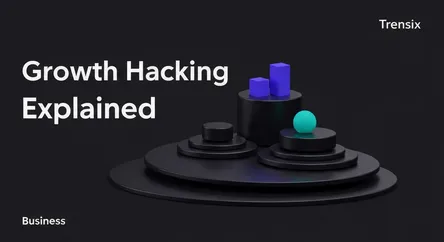Business
Growth Hacking Explained

Discover growth hacking, the process of rapid experimentation to find the most effective, scalable ways to grow a business on a lean budget.
What is it?
Growth hacking is a marketing methodology focused on rapid, data-driven experimentation across various channels to identify the most efficient ways to grow a business. Coined by Sean Ellis in 2010, it moves beyond traditional marketing by integrating product development, data analysis, and creative thinking. The primary goal is not just brand awareness but scalable user acquisition, activation, retention, and revenue. Tactics can range from A/B testing and viral marketing loops to content marketing and SEO, all aimed at achieving significant growth with minimal expenditure.
Why is it trending?
Growth hacking is popular because it offers a cost-effective alternative to expensive traditional marketing, making it ideal for startups and businesses with limited resources. In a competitive digital landscape, the ability to pivot and adapt quickly is crucial. Growth hacking's emphasis on rapid testing and iteration allows companies to find what works without committing to large, risky campaigns. Success stories from tech giants like Dropbox, Airbnb, and Facebook, which used these techniques in their early stages, have further fueled its adoption and appeal.
How does it affect people?
For founders and marketers, growth hacking demands a new skillset blending creativity with analytical rigor. It fosters a culture of continuous learning and optimization within a company. For consumers, this often translates into more personalized user experiences, clever referral programs that offer rewards, and products that evolve quickly based on user feedback. While it can lead to more aggressive marketing tactics, the core principle is to deliver value in a way that encourages organic sharing and engagement, ultimately creating a better product-market fit.